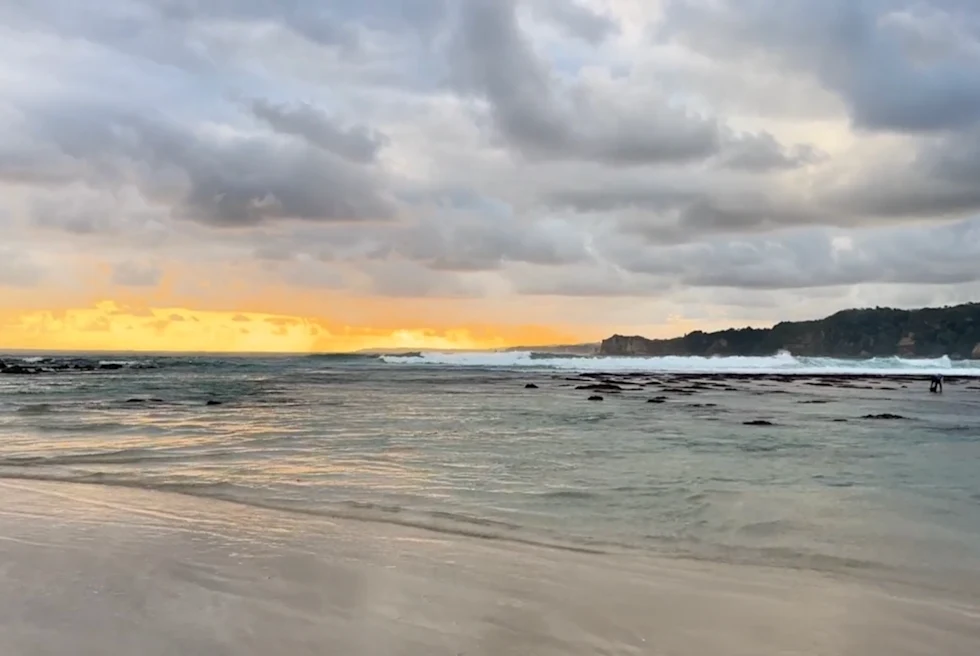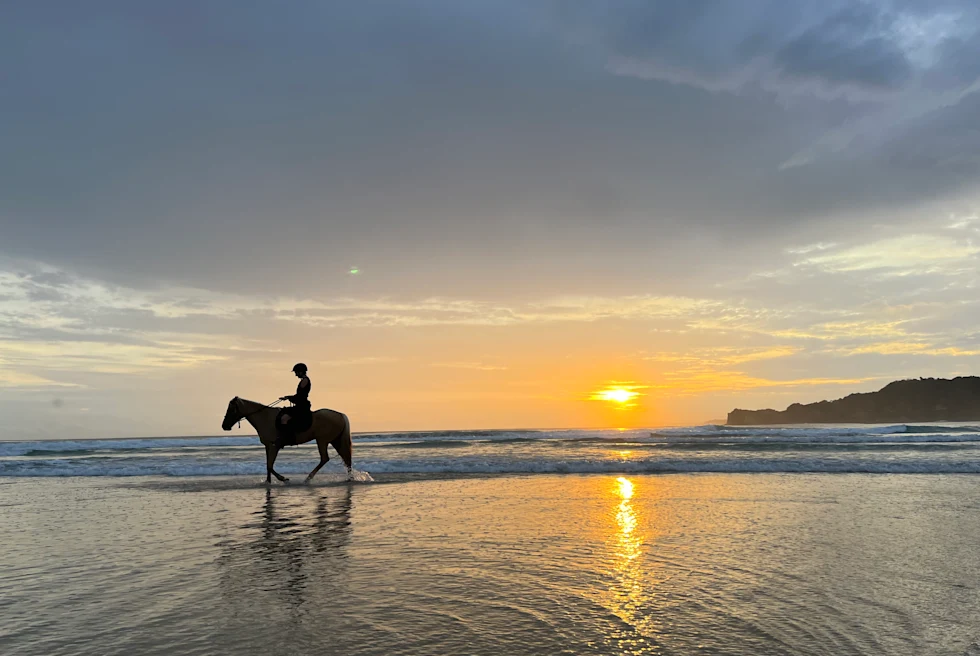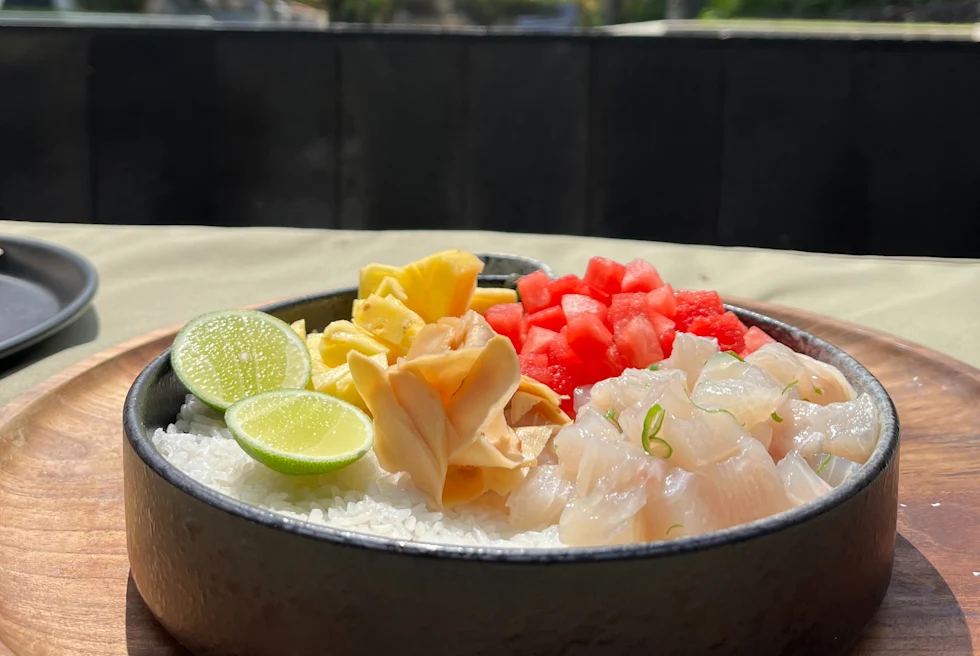
Curator’s statement
Sumba is not an escape from life, it IS LIFE. Sumba is known as the “Forgotten Island” of Indonesia in the East Nusa Tenggara province. But ironically, once you go to Sumba you will never forget it. Sumba is still relatively undiscovered and certainly not geared for all tourists, although it is becoming developed by a few hoteliers and surfers have certainly caught on to the swell opportunities. Fortunately, for us interested in sustainable travel, there are a few remarkable hotels that value the preservation of Sumba’s ancient indigenous culture and traditions. From the lush dense forests with waterfalls to the white sand beaches that make you question if you are walking in sand that nobody has ever touched before; Sumba can feel like the remote island destination you only see in the movies. Sumba is worthy of a standalone destination to visit, but it is also an easy extension for those traveling to Bali, being only a 1.5-hour flight from Denpasar. Whether you have three days, seven days or a month - do not miss out on Sumba and all the life it so graciously offers us.
The Fora Difference
Book with Kay to access exclusive perks and experiences on your trip.
Killer perks
Free upgrades, spa credits and more—we got you
Personalized recs
Customized travel planning for your style
Insider knowledge
Expert advice from people who’ve actually been there
Where to stay
Unlock perks by contacting Kay to book your trip.
Day 1: Arrive in Sumba

Most of the hotels I recommend are around a 1.5 - 2 hour drive from the airport - which is a drive that you will not want to blink on, so don't worry it is not a commute that disappoints. So much of the awe of Sumba comes with taking in your surroundings and exploring outside the hotels; the beauty of the traditional homes, the unique tombstones, the colorful schools, the animals literally everywhere, the Gucci stores (yes you will see what I mean when you are there), the chickens and water buffalo crossing the street, the trucks or scooters loaded with 5 kids and the random things sold on the sides of the road like gasoline in a water bottle.
But after the drive and upon arriving at your hotel, you should drop your stuff in your room and leave your shoes at the door. It is likely until you go hiking that you will have any reason to put shoes on again. Walk to the beach and touch the sand that is so white and untapped that you will question if anyone else has stepped foot there before you. Then jump in the warm Indian ocean and hang through sunset. After sunset, the locals go fishing and this is a beautiful thing to witness and even offer to assist with. This is when the locals get the seaweed that they eat raw (you can as well), catch octopus with their hands and it's likely when your hotel will catch your fish served that night.
Enjoy dinner at your hotel! The local cuisine does not disappoint and the hotels each have very well-thought-out menus.
Before bed do not forget to look up! Seriously, look up at the sky because on almost any given clear night, you can see a number of constellations and you will want to count your lucky stars.
Day 2: Explore Sumba

When you wake up you will be torn if you should leave your hotel because the ones I recommended are all so special and designed to create a community and a plethora of on-site experiences. If you have had a long travel to arrive at Sumba or you just really need to listen to your body and take that day to do nothing - do it! Open that book you have been eager to read, go surfing or just walk along the beaches. Take in the breathtaking coastline at your hotel; the immense stretches of white sand beaches are meant to explore and admire.
Have your hotel arrange a scooter ride to visit a local village. This is something I recommend doing early on in your stay in Sumba so that you really get a sense of where you are and what the local Sumbanese way of life is all about. You will see traditional homes with buffalo horns and other artifacts decorating the entrance and learn why the bamboo houses have a third floor that’s reserved only for ancestors and rice storage. You will be offered the chew betel nut and partake in a traditional ceremony. Many of the villages produce a range of local handicrafts and a local textile made from animal horns called ikat fabrics - bring your IDR because you will want to support them and bring home a souvenir.
If you are not staying at The Sanuburi then I highly recommend going there before sunset (it's the best place to watch the sunset on the whole island) and for some later afternoon surf (experienced or not, you can rent a board or take a lesson). Ensure you have a dinner reservation and in advance book a horseback riding experience (ask to ride Odessa, she is my favorite horse).
To the people of Sumba, their life is really inseparable from the horses. It is quite beautiful how the horses are an extension of their family. The wild horses run free on the beach and it is with great pride that locals share their horses with you. It's truly a soulful experience to ride with the locals. After you take a horseback ride into the ocean as the sun goes down, head to the beach bar and get yourself a Banana Daiquiri (tip: ask for shaved chocolate on top). Yes, I am recommending dessert before dinner, because a bonfire on the beach dinner is prepared upon reservation.
Day 3: Waterfall hike

You are on vacation and on island time so ease into the day. Ensure you are hydrated and get ready for some exploration because today you should go chase some waterfalls. Ask your hotel to provide you with a scooter (or ask them to drive you, but it's a trek that is not for the faint of heart) to get to Lapopu Waterfalls.
The waterfall is known locally as the Niagara of Indonesia and the waters gush from a height of 90 meters into a river below. Many come here just for Lapopu (the waterfall at the base) but you can walk 10 minutes to arrive at one of the most jaw-dropping waterfalls. If you are down for a hike and want to hit some swimming holes at the top of a hike - keep going! You will need to arrange for a local guide to take you on this hike, but they don't speak English so it's more just so you don't get lost. This hike is unique. I don't want to spoil it but let's just say you may be walking on a not-very obviously marked trail. But when you get to the top you will have a plethora of turquoise blue swimming holes that you can jump off cliffs into and not have another person in sight.
After the hike, make your way into Waingapu town. There are incredible coffee shops and a lot of cheap easy eats. Locals will refer to Waingapu as a city, but it more or less just resembles a large outdoor market lining a busy street. The corn on the cob is so fresh from the street stands there that you can eat it without any preparation (no butter needed).
If you are up for a beach visit that will make your jaw drop very hard; then have your driver or take your scooter to Watu Bella. Take a cleansing dip in the ocean before heading back to your hotel for dinner.

Travel Advisor
Kay Hart

Get in touch with Kay
Did you like this guide? Reach out to customize and book your own experience. Or, just to chat about travel in general.
You can expect a response from Kay within 1–2 business days. You’ll also be subscribed to our traveler newsletter (you can unsubscribe at any time).
For more travel tips, check out my guide to Mexico: Embrace a 3-4 Night Escape to the Lagoon in Bacalar.
This guide is part of our ongoing series on travel to Indonesia and our continuing series on sustainable travel.